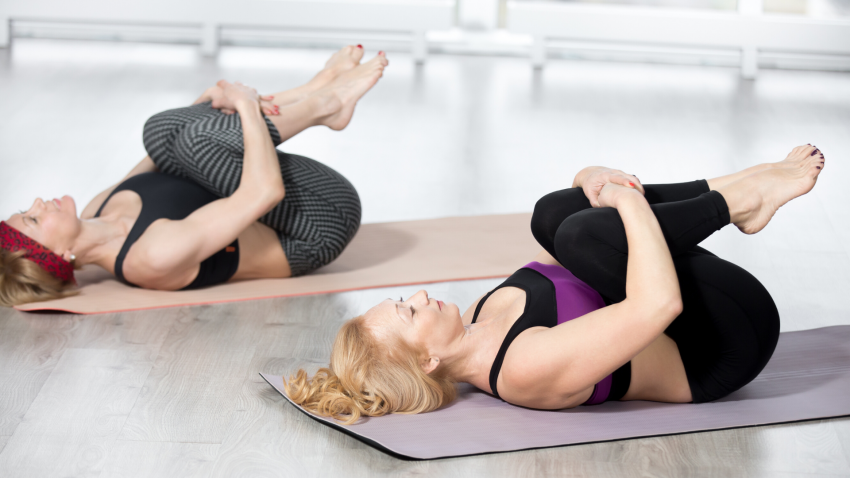View basket (0 items $0.00)

How to Prevent Boomeritis: Slow the Clock Safely
Bursitis, tendinitis, arthritis, plantar fasciitis . . . these are just some of a long list of ‘itis’es that people become increasingly vulnerable to as they get older.
And, they all put you at great risk for another condition - FixMe-Itis, says bestselling author and orthopedic surgeon Dr. Nicholas DiNubile.
Boomeritis, FixMe-Itis & Healthy Aging
"FixMe-It is is the mindset of individuals who don't want to deal with the changes their body is experiencing and want things fixed, now," says Dr. DiNubile. “It's part of a never-ending quest to try to 'turn back the clock'."
Our life expectancy has increased dramatically over the last hundred years, but unfortunately, our bodies don't come with a similar extended warranty. Dr. DiNubile coined the term ‘Boomeritis’ to describe this phenomenon.
Boomeritis is the inevitable wear and tear and the vulnerabilities most of us will have or develop as we age. Many baby boomers try to keep up the activities of their younger years with their aging frame, even when their body is telling them otherwise, often pushing themselves beyond the limits of what there body can handle.
“By their 40th birthday,” says Dr. DiNubile to Living Well Magazine, “people often have vulnerabilities — weak links — and as the first generation that is trying to stay active in droves, baby boomers are pushing their frames to the breakpoint.”
Perhaps as a result, musculoskeletal injuries have risen to become the number one reason Americans seek medical care. And from 2000 to 2010, the number of hip replacements performed in the US more than doubled.
Paradoxically, while movement can be the cause of musculoskeletal problems, it can also be the cure. Your body is meant to move, and no matter what your age, a well balanced exercise progam is the cornerstone of a healthy lifestyle. The key word is balanced, of course, is balanced.
Yoga Practice for Healthy Aging
If being physically active as we mature is leading to this kind of “wear and tear,” how does yoga fit in? Is it safe to practice?
It all depends on how you practice.
“Inactivity leads to loss of range of motion, but if you do too much, you’re going to get overuse syndrome,” says Dr. Loren Fishman, co-author of Yoga for Arthritis. “Only go as far as Mother Nature will permit you. When you begin to feel the warning bells of pain or discomfort, the ratio of risk versus benefit is too high, and you have to stop.”
The corner stone of a good exercise program includes three key areas: cardiovascular exercise, strength training, and flexibility. Yoga provides two of these.
The one wonderful thing about yoga is that it’s self-administered, so you know when to stop, notes Dr. Fishman. He uses yoga actively in his medical practice to help patients overcome orthopedic problems without painful surgery or painkillers.
The Key to a Healthy Yoga Practice after 50
What is the key to a healthy yoga practice after 50?
First of all find a good yoga teacher, Dr. Fishman recommends. Further, while practicing yoga, instead of trying to live up to an idea or expectation of what your body should be able to do, feel into your body and sense what its boundaries are and what it needs at this time in your life.
Yoga, when practiced with this awareness and respect for the older body’s limitations, can be a very safe and beneficial form of activity.
“If you have loss of range of motion from whatever cause,” Dr. Fishman explains, “yoga is likely to be able to help you get back a normal range. It can conquer whatever’s wrong with you to a certain extent, sometimes completely, sometimes very partially, but in my experience, usually quite a bit.”
Also check out our free download with Dr. Loren Fishman and Ellen Saltonstall, co-authors of Yoga for Arthritis:
Free Download! Dr. Loren Fishman and Ellen Saltonstall: Yoga for Healthy Hips – The Do’s and Don’ts
Featured Courses









